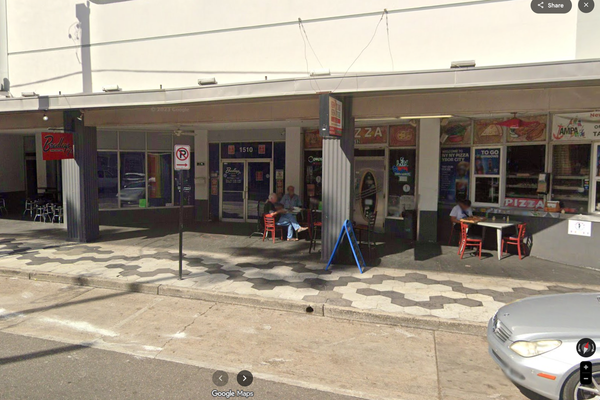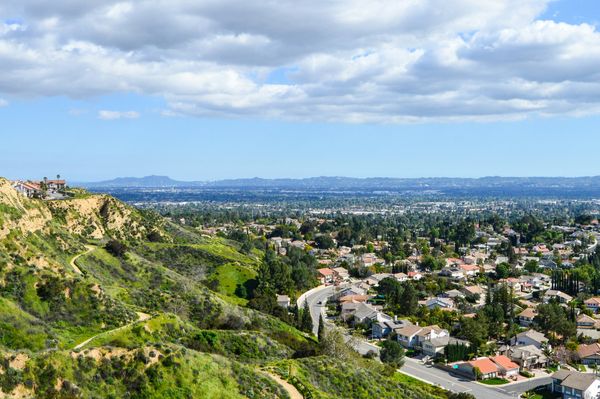
The Albanese government’s suite of electoral law reforms would result in about $50m more public funding relative to the 2022 election, with Labor and Liberal parties each set to scoop about an extra $19m if the vote share of the last election were replicated.
That is the result of increasing public funding of elections to $5 a vote from July 2026, one of the central planks of Labor’s bill to introduce electoral spending and donation caps.
Just how much will parties and independents be able to receive and spend – and why has it annoyed Clive Palmer and the teal independents?
How will it change public funding?
The bill proposes to increase public funding of elections from the current $3.35 a vote to $5.
Parties and independents will also receive $30,000 per MP and $15,000 per senator each in administrative funding, to comply with the more onerous disclosure requirements.
At the last election, when $2.91 was paid per vote, some $73.9m was paid to political parties and $1.9m to independent candidates. If the public funding rates had been $5, this would have been $126.9m for parties and $3.2m for independents.
If the results of the 2022 election were replicated in the election after next, Labor’s $27m of public funding would grow to $46.5m. The Liberals’ $26.55m would increase to $45.6m.
MP Zali Steggall, the highest publicly funded independent, received $122,000 after the 2022 election; under the new system, her vote share would translate to $209,000 of public funding.
What about political spending?
The centrepiece of the bill is spending caps of $90m for a federal political campaign, $800,000 for an individual electorate, and separate caps for each state and territory based on their size.
Caps of that size will prevent campaigns on the scale of the more than $120m spent by Clive Palmer’s United Australia party in 2022 and those of six successful teal independents at the same election, who each raised more than $1m.
But it will also cut the amount major parties will need to raise to fund their campaigns, which cost the Coalition $132m and Labor $116m in 2022.
Groups not running in elections – associated entities like some unions or third parties such as GetUp and Advance Australia – will be limited to spending $11m on a federal campaign.
What are the rules around donations?
Receipt of donations or gifts from an individual donor will be capped at $20,000 a candidate for independents or per state division for political parties.
Corporations or individuals could give $20,000 to each state division of a political party, but the division of the party cannot receive more than $20,000 from that donor.
For example, the special minister of state, Don Farrell, and Labor’s leader in the Senate, Penny Wong, could not both accept a $20,000 gift from the same donor, as this would amount to $40,000 to members of the South Australian Labor party.
As an anti-avoidance measure, donors will be prevented from giving an aggregate of 30 times the gift cap (initially $600,000), with separate limits in each state and territory.
Affiliation fees to a political party – such as affiliated unions’ fees to Labor – will not count as donations, but money to attend functions including business forums will.
When will this happen?
The government wants the legislation passed in the final parliamentary sitting fortnight, for the caps to apply from 1 July 2026. Penalties will apply from 2027.
The spending and donation caps operate on a calendar year basis, with totals reset in the new year or after a federal election, and the level of caps will be indexed once per cycle after the election.
What about disclosures?
The bill implements Labor’s promise to lower the donation disclosure threshold from $16,300 to $1,000.
It introduces a real-time disclosure regime whereby parties must declare donations every month during the term, down to every week during an election campaign and every day in the week before and after election day.
What’s going on with truth in advertising?
A separate bill contains the proposed truth-in-political-advertising regime, modelled on South Australia’s laws.
The Australian Electoral Commission would assemble a panel that deliberates on truth complaints referred to it and can issue injunctions.
In inquiries of the electoral matters committee, the AEC has said it does not want this role. This bill may struggle because it lacks Coalition support.
What are the objections to the caps?
The Climate 200 funding aggregator, which helped raise $13m from 11,200 donors in the 2022 election contest, has long argued that parties and independents already in parliament have incumbency advantages and political outsiders may need to spend more to raise their profile.
The impact on Climate 200 is unclear, with suggestions that genuine pass-through of smaller individual donations may still be allowed.
Independent MP Kate Chaney has warned that a new independent would have to comply with an $800,000 spending cap in their electorate, while “it appears that each political party can spend $90m, shifting that money around to support any member who is being threatened by a newcomer”.
Chaney’s comments suggest that spending on national campaigns may not count towards local electorate caps. For example, a political party could spend on TV and digital ads spruiking its leader and policies, but this may not count towards a local $800,000 division cap unless a local candidate is named.
However, it won’t be possible to verify this until the legislation is introduced to parliament next week.
After foreshadowing a high court case in March, Palmer confirmed on Friday he “will challenge these unconstitutional acts which will suppress freedom”.
“The only hope for Australian people is if the high court looks at the constitution and the implied rights of freedom of speech,” he said.
The high court has struck down more restrictive caps legislated in New South Wales by the Coalition government, while teal independents in Victoria have also threatened to challenge its campaign finance laws.







